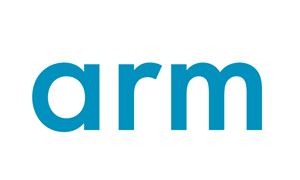前面我们讨论了Lumped Port设定相关的内容,这节我们继续讨论Wave Port(波端口)使用相关的问题。
-
波端口使用范围
-
封闭结构:如波导、同轴电缆等
-
包含多个传播模式的模型
-
端口平面在求解区域外的模型
-
模型中包含均匀的波导或者传输线结构

-
波端口的大小
对于封闭的传输线结构:边界强制在端口的边缘,也就是说对传输线设定的波端口总是位于波导结构内部。包围的材料形成了端口的边缘边界。
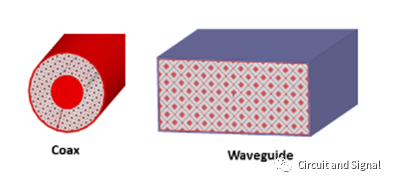
开放的传输线结构:所谓开放的传输线结构一般指 微带线,共面波导,线槽等。如果是这些结构,那么波端口的尺寸必须足够大,能捕捉传输线的场分布,具体要求为:波端口必须包含整个结构 保证传输线的场均在波端口定义的面内部。波端口不能太小,否则会导致端口阻抗计算不正确以及增加端口上额外的反射。对于波端口的大小,推荐的设定如下:
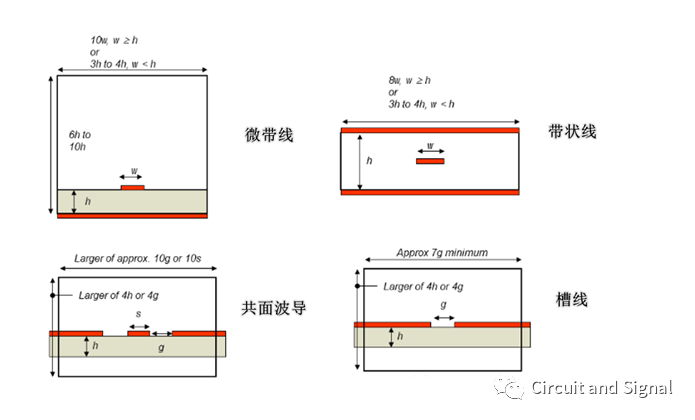
HFSS的Help中对波端口大小设置推荐尺寸为8h x 10w, 具体说明如下:
The following figure shows an HFSS model of a coplanar transmission line. The left and right edges of each port must touch the left and right ground planes. We recommend that you make the port size 8h x 10w where "w" represents the width of the trace and "h" represents the height of the substrate.
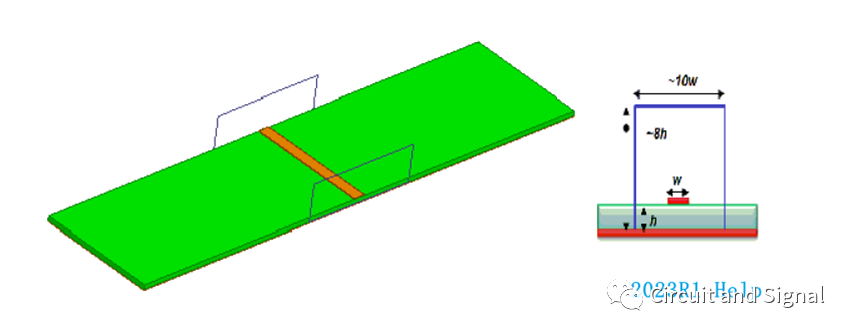
The port width affects the port impedance and the propagating modes. If the defined port is too narrow more fields will couple to the side walls. The height of the port is affected by the permittivity of the substrate. If the permittivity is too high less fields will propagate in the air, so the wave port can be made shorter.
-
波端口设定
波端口也可以设定Modal 求解类型和Terminal 求解类型,正如前一节所讲Modal求解类型的波端口设置更加复杂,所以这里我们主要介绍如何设定Terminal求解类型的波端口。
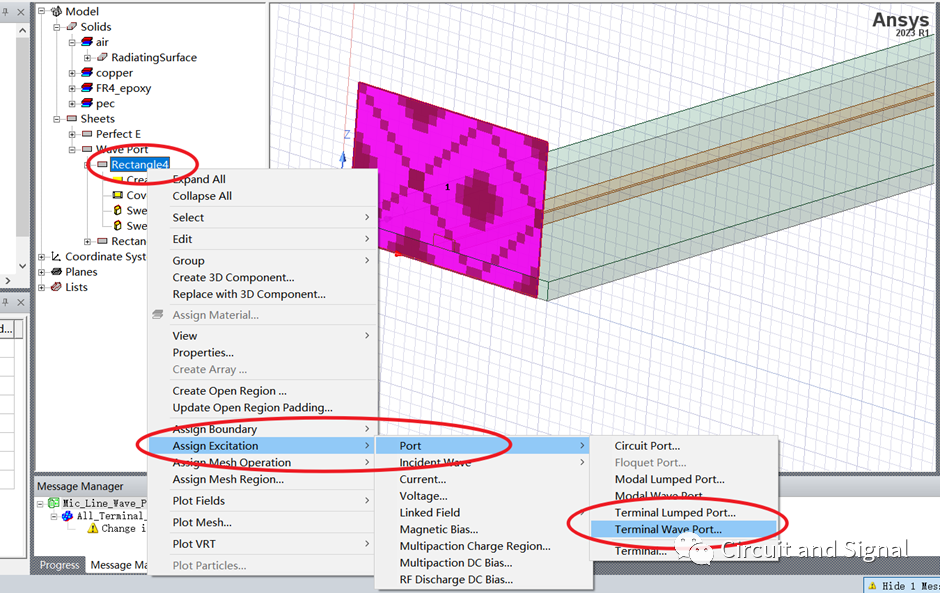
这样一来波端口就设置好了。
下面是设置的具体演示:
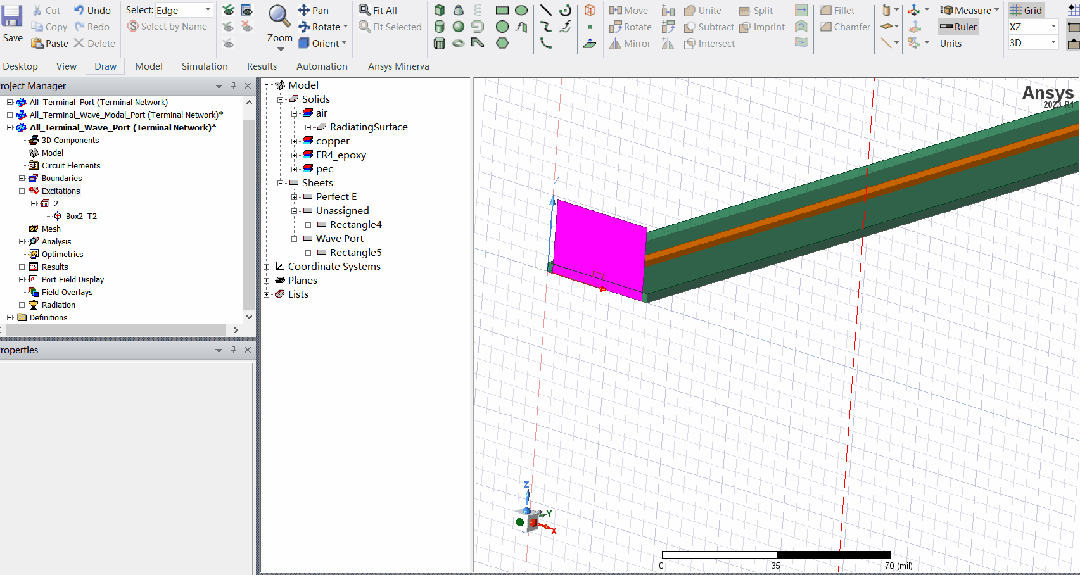
注:上面部分内容来自于HFSS公开文档,后台回复 HFSS端口设定 即可下载该文档


 0
0





